Cover
Copyright
Contents
Preface
1 Probability
1.1 Introduction
1.1.1 Outcomes
1.1.2 Events
1.1.3 Disjunctions and Conjunctions of Events
1.1.4 Axioms of Probability
1.1.5 Subjective and Objective Probability
1.2 Joint and Conditional Probability
1.2.1 Joint Probability
1.2.2 Conditional Probability
1.2.3 Bayes's Rule
1.3 Random Variables
1.3.1 Distribution
1.3.2 Cumulative Density Function
1.3.3 Generating Values from an Arbitrary Distribution
1.3.4 Expectation of a Random Variable
1.3.5 Variance of a Random Variable
1.4 Moments and Moment Generating Functions
1.4.1 Moments
1.4.2 Moment Generating Functions
1.4.3 Properties of Moment Generating Functions
1.5 Standard Discrete Distributions
1.5.1 Bernoulli Distribution
1.5.2 Binomial Distribution
1.5.3 Geometric Distribution
1.5.4 Poisson Distribution
1.6 Standard Continuous Distributions
1.6.1 Uniform Distribution
1.6.2 Gaussian, or Normal, Distribution
1.6.3 Exponential Distribution
1.6.4 Power-Law Distribution
1.7 Useful Theorems
1.7.1 Markov's Inequality
1.7.2 Chebyshev's Inequality
1.7.3 Chernoff Bound
1.7.4 Strong Law of Large Numbers
1.7.5 Central Limit Theorem
1.8 Jointly Distributed Random Variables
1.8.1 Bayesian Networks
1.9 Further Reading
1.10 Exercises
2 Statistics
2.1 Sampling a Population
2.1.1 Types of Sampling
2.1.2 Scales
2.1.3 Outliers
2.2 Describing a Sample Parsimoniously
2.2.1 Tables
2.2.2 Bar Graphs, Histograms, and Cumulative Histograms
2.2.3 The Sample Mean
2.2.4 The Sample Median
2.2.5 Measures of Variability
2.3 Inferring Population Parameters from Sample Parameters
2.4 Testing Hypotheses about Outcomes of Experiments
2.4.1 Hypothesis Testing
2.4.2 Errors in Hypothesis Testing
2.4.3 Formulating a Hypothesis
2.4.4 Comparing an Outcome with a Fixed Quantity
2.4.5 Comparing Outcomes from Two Experiments
2.4.6 Testing Hypotheses about Quantities Measured on Ordinal Scales
2.4.7 Fitting a Distribution
2.4.8 Power
2.5 Independence and Dependence: Regression and Correlation
2.5.1 Independence
2.5.2 Regression
2.5.3 Correlation
2.6 Comparing Multiple Outcomes Simultaneously: Analysis of Variance
2.6.1 One-Way Layout
2.6.2 Multiway Layouts
2.7 Design of Experiments
2.8 Dealing with Large Data Sets
2.9 Common Mistakes in Statistical Analysis
2.9.1 Defining Population
2.9.2 Lack of Confidence Intervals in Comparing Results
2.9.3 Not Stating the Null Hypothesis
2.9.4 Too Small a Sample
2.9.5 Too Large a Sample
2.9.6 Not Controlling All Variables When Collecting Observations
2.9.7 Converting Ordinal to Interval Scales
2.9.8 Ignoring Outliers
2.10 Further Reading
2.11 Exercises
3 Linear Algebra
3.1 Vectors and Matrices
3.2 Vector and Matrix Algebra
3.2.1 Addition
3.2.2 Transpose
3.2.3 Multiplication
3.2.4 Square Matrices
3.2.5 Exponentiation
3.2.6 Matrix Exponential
3.3 Linear Combinations, Independence, Basis, and Dimension
3.3.1 Linear Combinations
3.3.2 Linear Independence
3.3.3 Vector Spaces, Basis, and Dimension
3.4 Using Matrix Algebra to Solve Linear Equations
3.4.1 Representation
3.4.2 Elementary Row Operations and Gaussian Elimination
3.4.3 Rank
3.4.4 Determinants
3.4.5 Cramer's Theorem
3.4.6 The Inverse of a Matrix
3.5 Linear Transformations, Eigenvalues, and Eigenvectors
3.5.1 A Matrix as a Linear Transformation
3.5.2 The Eigenvalue of a Matrix
3.5.3 Computing the Eigenvalues of a Matrix
3.5.4 The Importance of Eigenvalues
3.5.5 The Role of the Principal Eigenvalue
3.5.6 Finding Eigenvalues and Eigenvectors
3.5.7 Similarity and Diagonalization
3.6 Stochastic Matrices
3.6.1 Computing State Transitions by Using a Stochastic Matrix
3.6.2 Eigenvalues of a Stochastic Matrix
3.7 Exercises
4 Optimization
4.1 System Modeling and Optimization
4.2 Introduction to Optimization
4.3 Optimizing Linear Systems
4.3.1 Network Flow
4.4 Integer Linear Programming
4.4.1 Total Unimodularity
4.4.2 Weighted Bipartite Matching
4.5 Dynamic Programming
4.6 Nonlinear Constrained Optimization
4.6.1 Lagrangian Techniques
4.6.2 Karush-Kuhn-Tucker Conditions for Nonlinear Optimization
4.7 Heuristic Nonlinear Optimization
4.7.1 Hill Climbing
4.7.2 Genetic Algorithms
4.8 Exercises
5 Signals, Systems, and Transforms
5.1 Background
5.1.1 Sinusoids
5.1.2 Complex Numbers
5.1.3 Euler's Formula
5.1.4 Discrete-Time Convolution and the Impulse Function
5.1.5 Continuous-Time Convolution and the Dirac Delta Function
5.2 Signals
5.2.1 The Complex Exponential Signal
5.3 Systems
5.4 Analysis of a Linear Time-Invariant System
5.4.1 The Effect of an LTI System on a Complex Exponential Input
5.4.2 The Output of an LTI System with a Zero Input
5.4.3 The Output of an LTI System for an Arbitrary Input
5.4.4 Stability of an LTI System
5.5 Transforms
5.6 The Fourier Series
5.7 The Fourier Transform and Its Properties
5.8 The Laplace Transform
5.8.1 Poles, Zeroes, and the Region of Convergence
5.8.2 Properties of the Laplace Transform
5.9 The Discrete Fourier Transform and Fast Fourier Transform
5.9.1 The Impulse Train
5.9.2 The Discrete-Time Fourier Transform
5.9.3 Aliasing
5.9.4 The Discrete-Time-and-Frequency Fourier Transform
5.9.5 The Fast Fourier Transform
5.10 The Z Transform
5.10.1 Relationship between Z and Laplace Transforms
5.10.2 Properties of the Z Transform
5.11 Further Reading
5.12 Exercises
6 Stochastic Processes and Queueing Theory
6.1 Overview
6.1.1 A General Queueing System
6.1.2 Little's Theorem
6.2 Stochastic Processes
6.2.1 Discrete and Continuous Stochastic Processes
6.2.2 Markov Processes
6.2.3 Homogeneity, State-Transition Diagrams, and the Chapman-Kolmogorov Equations
6.2.4 Irreducibility
6.2.5 Recurrence
6.2.6 Periodicity
6.2.7 Ergodicity
6.2.8 A Fundamental Theorem
6.2.9 Stationary (Equilibrium) Probability of a Markov Chain
6.2.10 A Second Fundamental Theorem
6.2.11 Mean Residence Time in a State
6.3 Continuous-Time Markov Chains
6.3.1 Markov Property for Continuous-Time Stochastic Processes
6.3.2 Residence Time in a Continuous-Time Markov Chain
6.3.3 Stationary Probability Distribution for a Continuous-Time Markov Chain
6.4 Birth-Death Processes
6.4.1 Time-Evolution of a Birth-Death Process
6.4.2 Stationary Probability Distribution of a Birth-Death Process
6.4.3 Finding the Transition-Rate Matrix
6.4.4 A Pure-Birth (Poisson) Process
6.4.5 Stationary Probability Distribution for a Birth-Death Process
6.5 The M/M/1 Queue
6.6 Two Variations on the M/M/1 Queue
6.6.1 The M/M/¥ Queue: A Responsive Server
6.6.2 M/M/1/K: Bounded Buffers
6.7 Other Queueing Systems
6.7.1 M/D/1: Deterministic Service Times
6.7.2 G/G/1
6.7.3 Networks of Queues
6.8 Further Reading
6.9 Exercises
7 Game Theory
7.1 Concepts and Terminology
7.1.1 Preferences and Preference Ordering
7.1.2 Terminology
7.1.3 Strategies
7.1.4 Game Representation
7.1.5 Response and Best Response
7.1.6 Dominant and Dominated Strategy
7.1.7 Bayesian Games
7.1.8 Repeated Games
7.2 Solving a Game
7.2.1 Solution Concept and Equilibrium
7.2.2 Dominant-Strategy Equilibria
7.2.3 Iterated Removal of Dominated Strategies
7.2.4 Maximin Equilibrium
7.2.5 Nash Equilibria
7.2.6 Correlated Equilibria
7.2.7 Other Solution Concepts
7.3 Mechanism Design
7.3.1 Practical Mechanisms
7.3.2 Three Negative Results
7.3.3 Examples of Mechanism Design
7.3.4 Formalization
7.3.5 Desirable Properties of a Mechanism
7.3.6 Revelation Principle
7.3.7 Vickrey-Clarke-Groves Mechanism
7.3.8 Problems with VCG Mechanisms
7.4 Limitations of Game Theory
7.5 Further Reading
7.6 Exercises
8 Elements of Control Theory
8.1 Overview of a Controlled System
8.2 Modeling a System
8.2.1 Modeling Approach
8.2.2 Mathematical Representation
8.3 A First-Order System
8.4 A Second-Order System
8.4.1 Case 1 (Undamped System): ζ = 0
8.4.2 Case 2 (Underdamped System): 0 < ζ < 1
8.4.3 Case 3 (Critically Damped System): ζ = 1
8.4.4 Case 4 (Overdamped System): ζ > 1
8.5 Basics of Feedback Control
8.5.1 System Goal
8.5.2 Constraints
8.6 PID Control
8.6.1 Proportional-Mode Control
8.6.2 Integral-Mode Control
8.6.3 Derivative-Mode Control
8.6.4 Combining Modes
8.7 Advanced Control Concepts
8.7.1 Cascade Control
8.7.2 Control Delay
8.8 Stability
8.8.1 BIBO Stability Analysis of a Linear Time-Invariant System
8.8.2 Zero-Input Stability Analysis of a SISO Linear Time-Invariant System
8.8.3 Placing System Roots
8.8.4 Lyapunov Stability
8.9 State Space–Based Modeling and Control
8.9.1 State Space–Based Analysis
8.9.2 Observability and Controllability
8.9.3 Controller Design
8.10 Digital Control
8.11 Partial Fraction Expansion
8.11.1 Distinct Roots
8.11.2 Complex Conjugate Roots
8.11.3 Repeated Roots
8.12 Further Reading
8.13 Exercises
9 Information Theory
9.1 Introduction
9.2 A Mathematical Model for Communication
9.3 From Messages to Symbols
9.4 Source Coding
9.5 The Capacity of a Communication Channel
9.5.1 Modeling a Message Source
9.5.2 The Capacity of a Noiseless Channel
9.5.3 A Noisy Channel
9.6 The Gaussian Channel
9.6.1 Modeling a Continuous Message Source
9.6.2 A Gaussian Channel
9.6.3 The Capacity of a Gaussian Channel
9.7 Further Reading
9.8 Exercises
Solutions to Exercises
Index
A
B
C
D
E
F
G
H
I
J
K
L
M
N
O
P
Q
R
S
T
U
V
W
Z
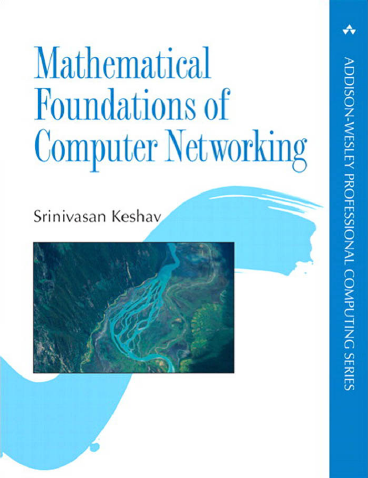
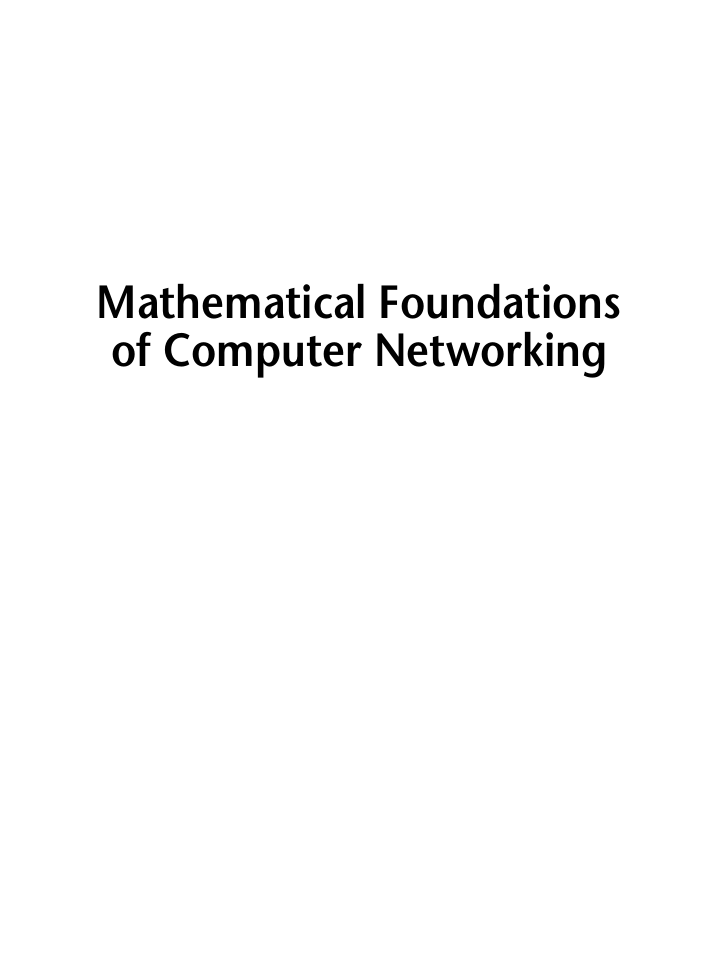

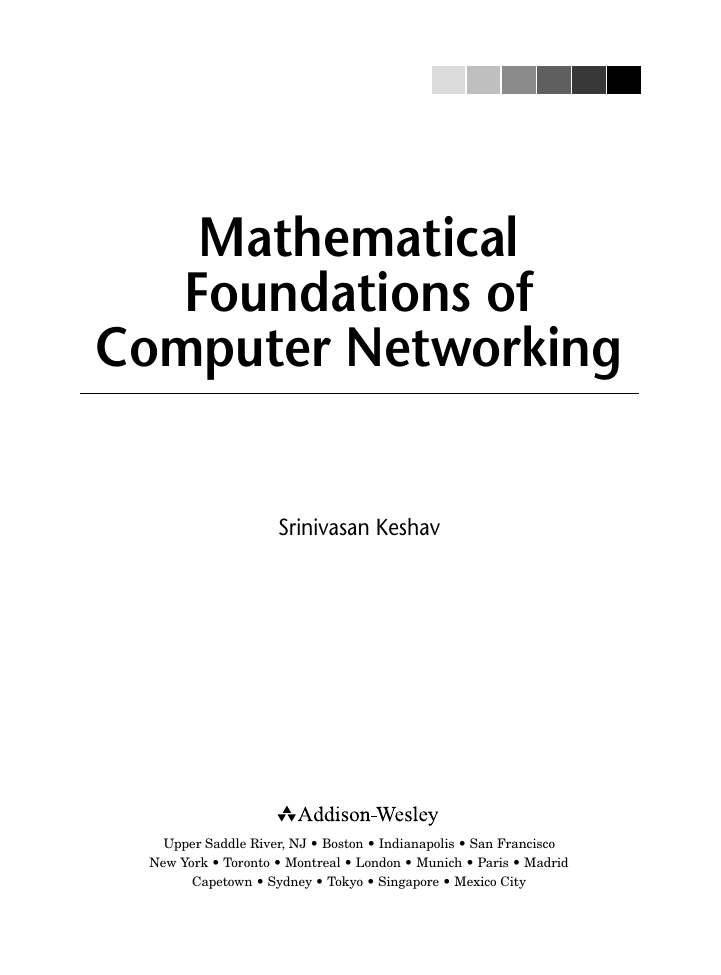
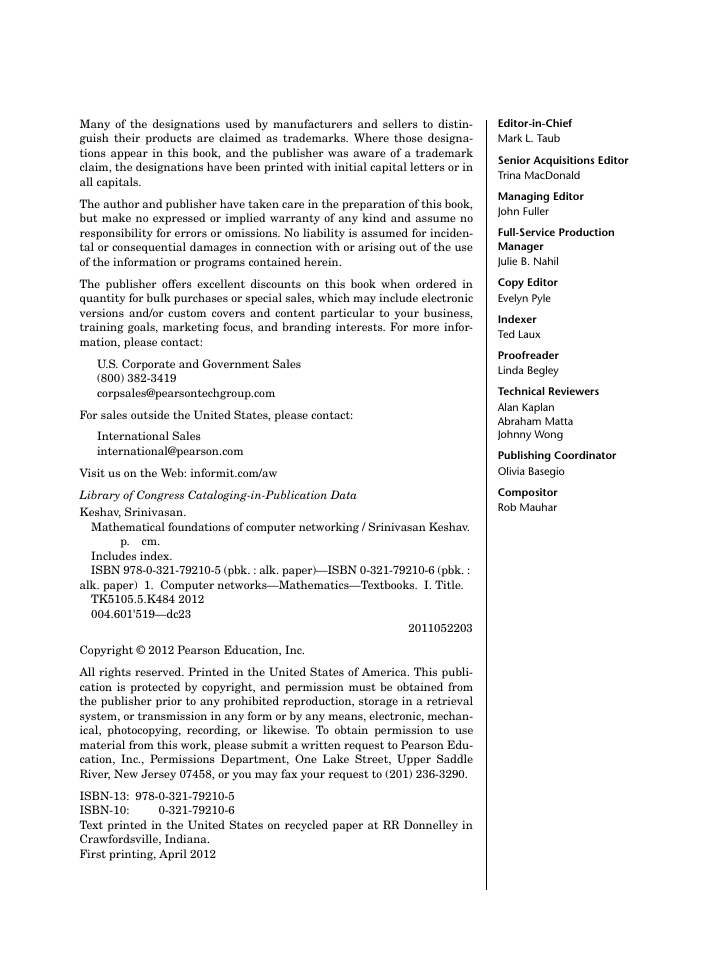
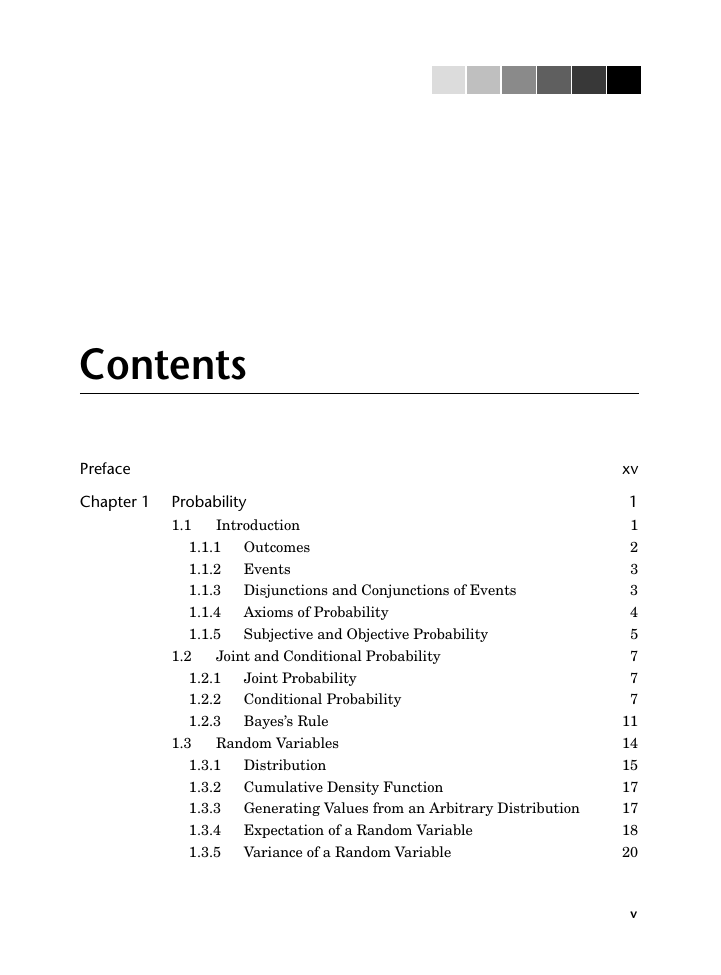
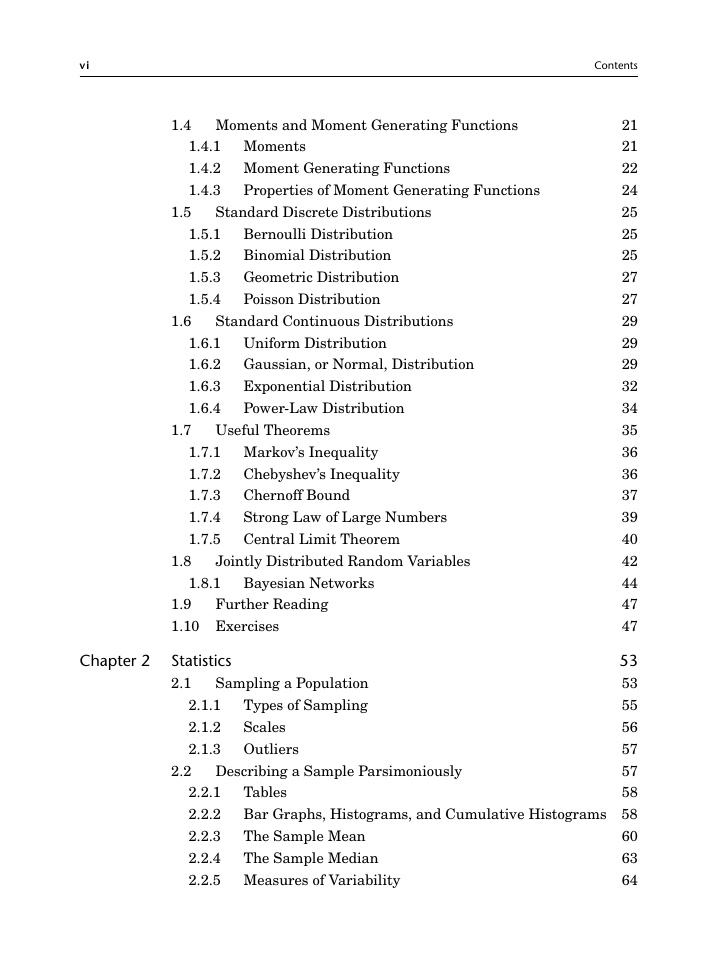
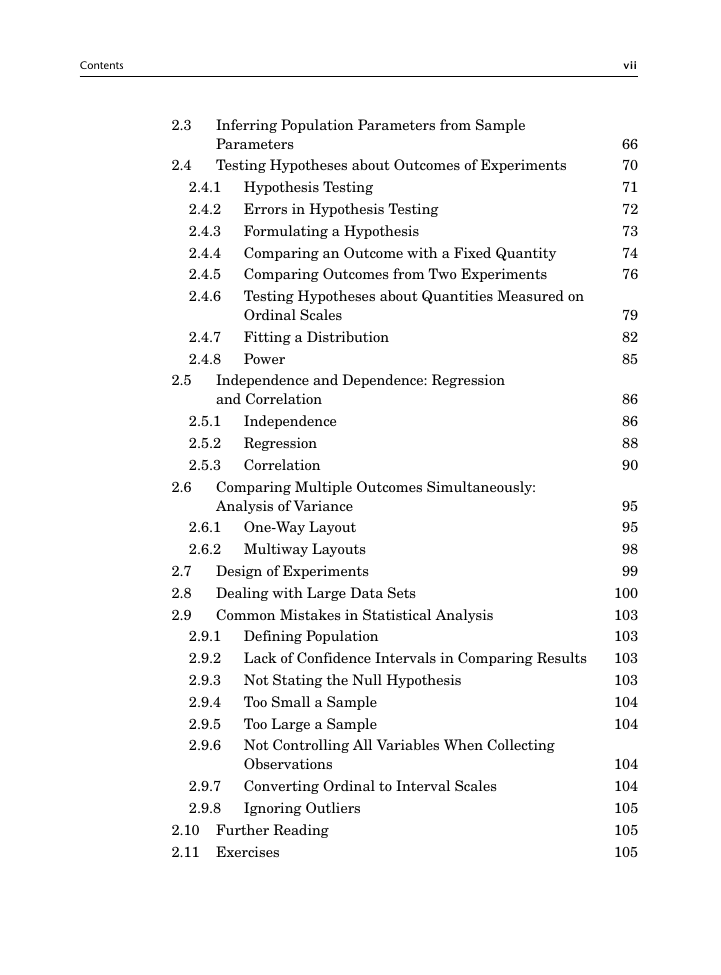








 2023年江西萍乡中考道德与法治真题及答案.doc
2023年江西萍乡中考道德与法治真题及答案.doc 2012年重庆南川中考生物真题及答案.doc
2012年重庆南川中考生物真题及答案.doc 2013年江西师范大学地理学综合及文艺理论基础考研真题.doc
2013年江西师范大学地理学综合及文艺理论基础考研真题.doc 2020年四川甘孜小升初语文真题及答案I卷.doc
2020年四川甘孜小升初语文真题及答案I卷.doc 2020年注册岩土工程师专业基础考试真题及答案.doc
2020年注册岩土工程师专业基础考试真题及答案.doc 2023-2024学年福建省厦门市九年级上学期数学月考试题及答案.doc
2023-2024学年福建省厦门市九年级上学期数学月考试题及答案.doc 2021-2022学年辽宁省沈阳市大东区九年级上学期语文期末试题及答案.doc
2021-2022学年辽宁省沈阳市大东区九年级上学期语文期末试题及答案.doc 2022-2023学年北京东城区初三第一学期物理期末试卷及答案.doc
2022-2023学年北京东城区初三第一学期物理期末试卷及答案.doc 2018上半年江西教师资格初中地理学科知识与教学能力真题及答案.doc
2018上半年江西教师资格初中地理学科知识与教学能力真题及答案.doc 2012年河北国家公务员申论考试真题及答案-省级.doc
2012年河北国家公务员申论考试真题及答案-省级.doc 2020-2021学年江苏省扬州市江都区邵樊片九年级上学期数学第一次质量检测试题及答案.doc
2020-2021学年江苏省扬州市江都区邵樊片九年级上学期数学第一次质量检测试题及答案.doc 2022下半年黑龙江教师资格证中学综合素质真题及答案.doc
2022下半年黑龙江教师资格证中学综合素质真题及答案.doc